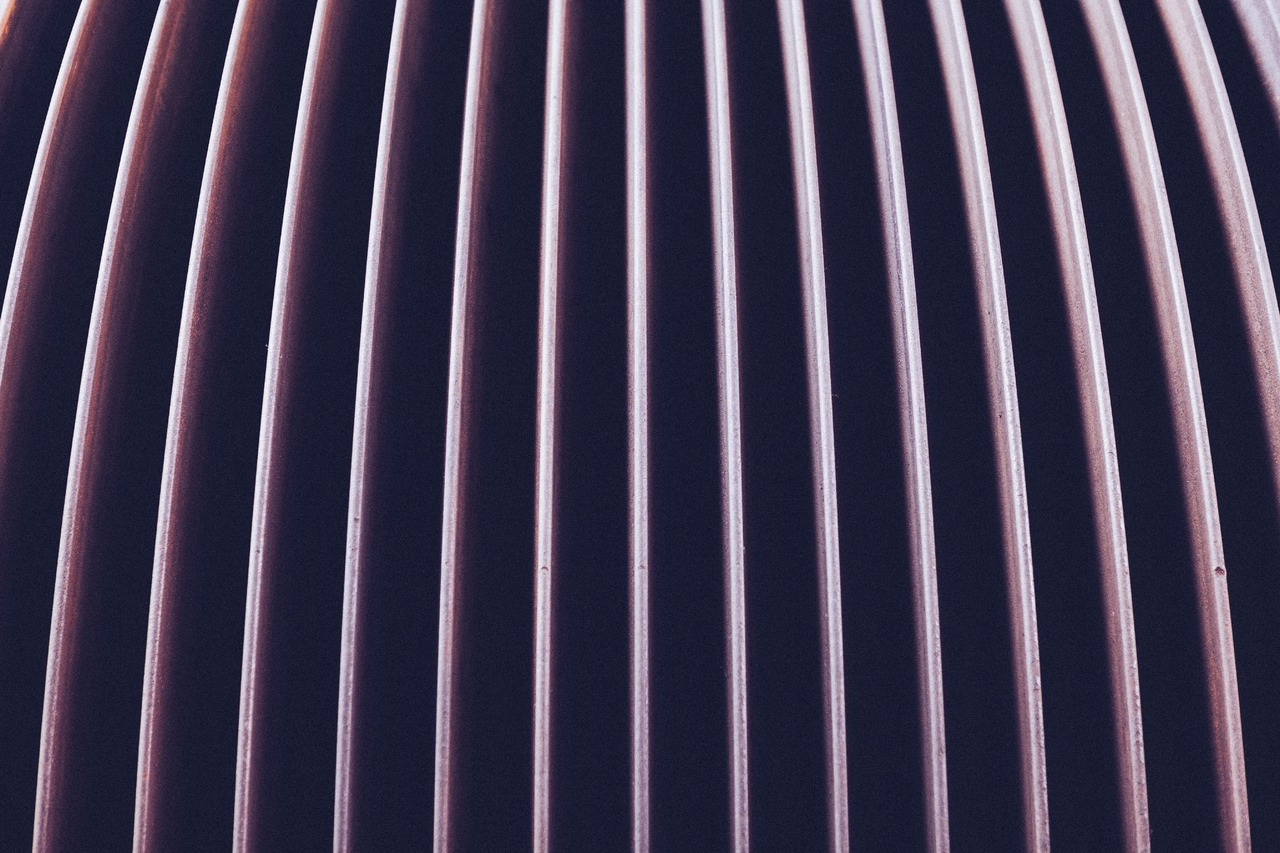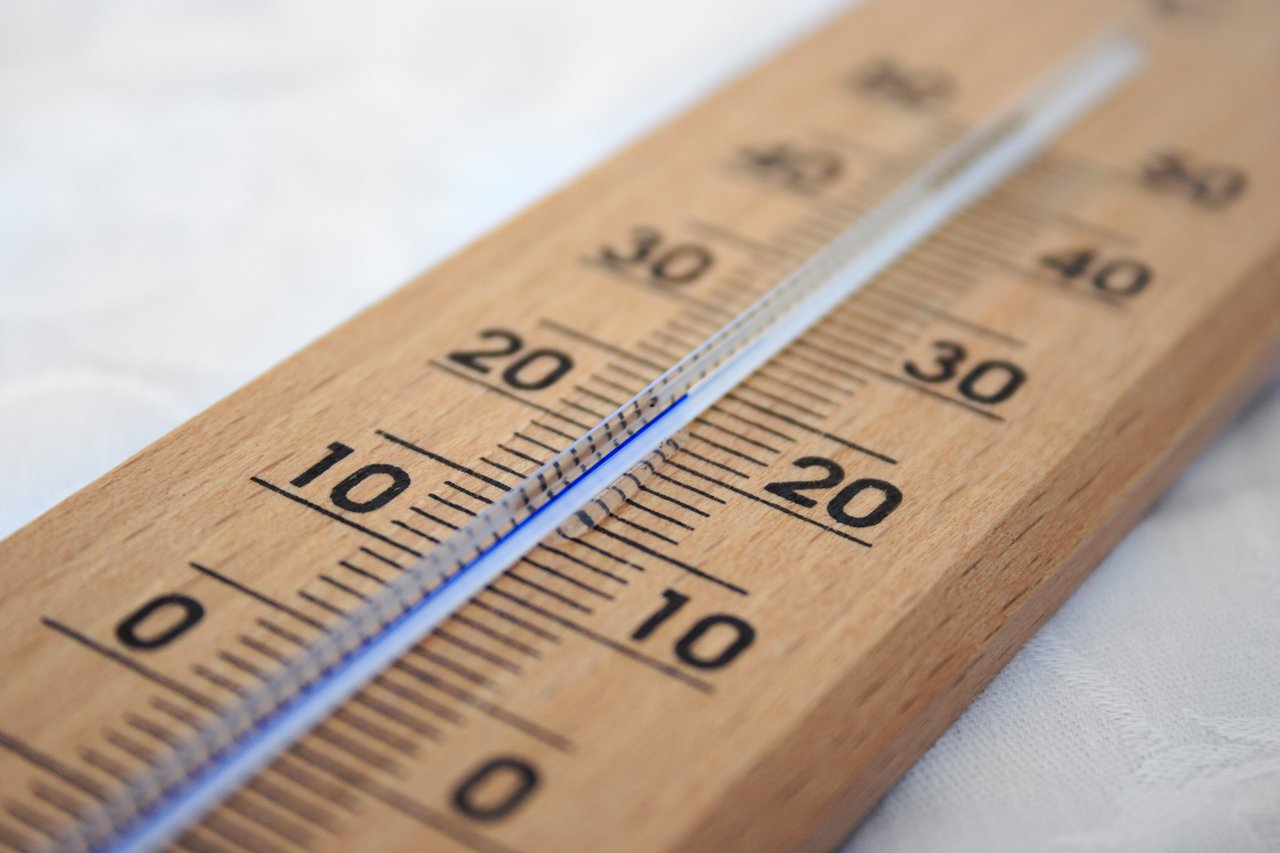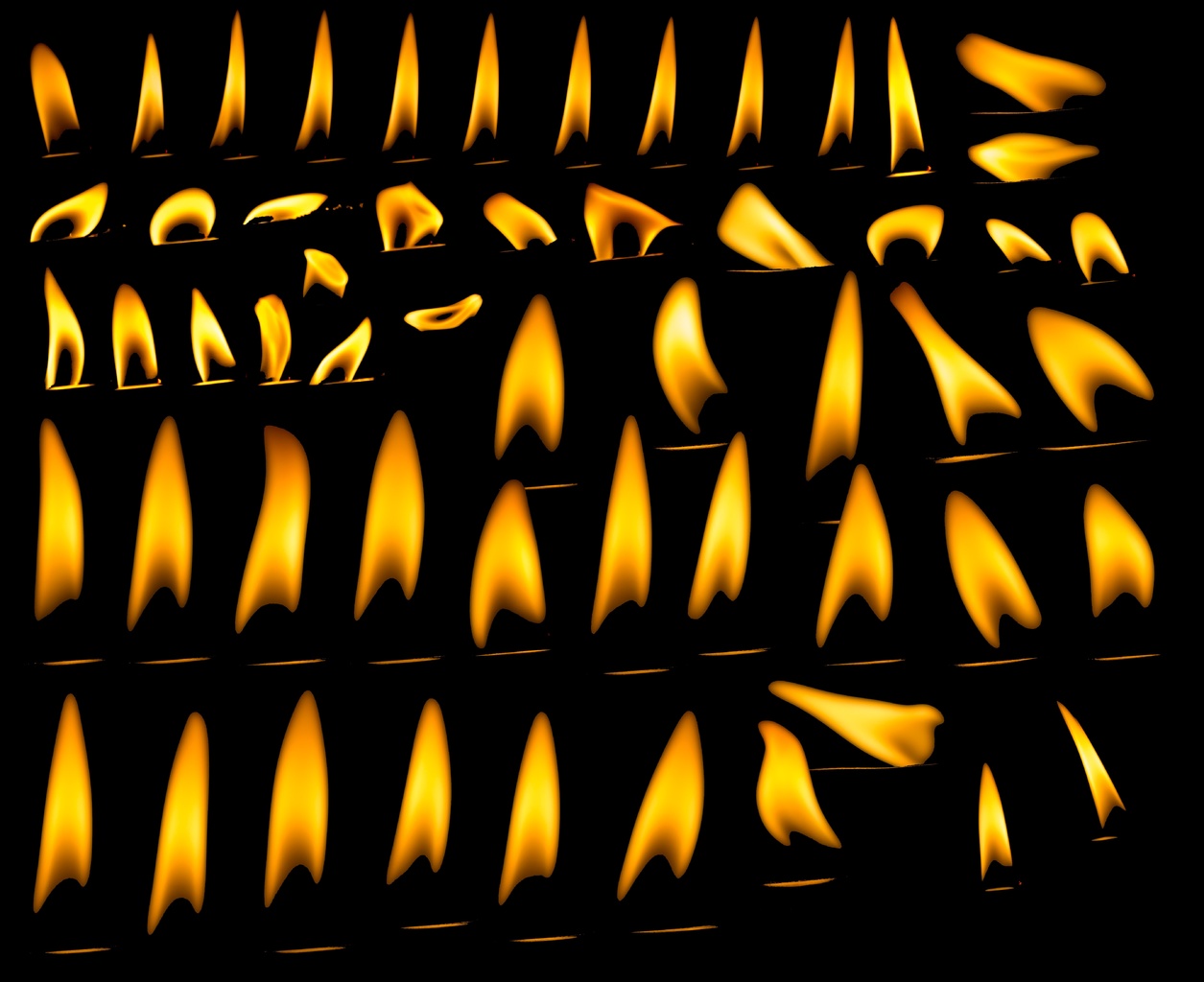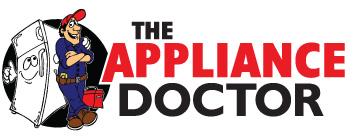Heating, ventilation, and air conditioning systems – referred to as HVAC – provide your home and place of work a comfortable and controlled environment. But what about when your AC fails to work, or you have a faulty heater? At The Appliance Doctor, we deal with all HVAC systems, both residential and commercial, so we know all about common HVAC problems. If you’re dealing with a malfunctioning or broken HVAC system, read on to find out the common issues, causes, and their solutions.

Common HVAC Problem: Poor Performance
Your HVAC system fails to properly cool or heat your residence, and/ or you note that your utility bills are higher than normal. This is one of the most common hvac problems.
Cause: Lack of Maintenance
As with any piece of machinery, all HVAC systems require maintenance. If you do not regularly inspect an HVAC system, it can lead to poor or compromised function.
Solution: Regularly Scheduled Maintenance Checks
With cooling systems such as air conditioning, or AC, regularly replace your filters. Similarly, be sure to regularly replace cooling pads, if you have a swamp cooler. Heating systems also require regular maintenance, and also watch out for and replace dirty filters. We understand that HVAC systems are pricy investments, leading some folks to skip on maintenance. However, regular maintenance can save you thousands over having to completely replace and install a new HVAC system. And maintenance checkups could save your life. Every year thousands of house fires in the US start due to faulty HVAC systems. Protect your investment and your wellbeing by having The Appliance Doctor perform regularly scheduled maintenance checks. We replace and/ or clean any needed parts and ensure that all HVAC systems in your home run properly.
Common HVAC Problem: Faulty Thermostat
One of the most common HVAC problems is a malfunctioning thermostat. You may find that the temperature is never where you set the thermostat at, which leads some homeowners to assume the issue is furnace-based. Oftentimes, however, the issue stems from how the thermostat is set.
Cause: How the Thermostat is Set
Read the owner’s manual to fully understand how your thermostat operates. There are two types of thermostats: programmable and non-programmable. Learn which one you have. That knowledge helps you understand how they operate, and know what to do if something malfunctions.
Solution: Calibration, New Batteries, or Replacement
Properly calibrate the thermostat according to the owner’s manual. For programmable thermostats, the fix may be as simple as replacing the batteries. It’s also possible that your thermostat is outdated and needs to be replaced with a newer model. If you’ve tried troubleshooting your thermostat with no success, give us a call at 970-773-1000 and we’ll take a look.

Common HVAC Problem: Water Leaks
Both air conditioners and high efficiency furnaces produce condensation. But if you have an actual water leak, that indicates a real issue. Swamp coolers use evaporation to cool down an interior. Air is passed over water-soaked pads, with water exiting a drain line. Humidified air is pumped into the property, providing cooling. As an important note, if you have a swamp cooler, be sure to read how to startup a swamp cooler on our blog. Many times, water lines to swamp coolers can break if startup is not completed, properly. Should you note any leaks in and around any of these systems, call us and we’ll identify the exact source of the issue.
Cause: Broken Drain Lines, Dirty Evaporator
With either heating or cooling systems, leaks can stem from drain lines that are either clogged or cracked. Regarding air conditioning leaks, it is normal for the evaporator coil (the part that absorbs the heat from indoor air) to produce condensation. But, if this component is dirty, then leaks can result. As there are several other causes for HVAC leaks, contact us and we’ll provide a solution.
Solution: Replace Drain Line, Clean Evaporator Coil
If a drain line is broken or clogged, we’ll replace with a new one. We’ll also check and clean the evaporator coil as needed. Rest assured that whatever the cause of the leak may be, we’ll repair it.
Common HVAC Problem: Weird Furnace Noises
A consistent hum is normal for furnaces. However, sounds such as clicks, rattling, banging, squealing, and/ or whistling mean a problem.
Cause: Each type of sound can indicate a different problem. For example, clicking can indicate issues with the ignition. A buzzing sound could mean there’s an electrical problem,. Rattling noises could stem from a loose part.
Solution: Call A Professional
Call The Appliance Doctor and one of our certified technicians will inspect your furnace and identify the source of the sound(s). As furnaces poses fire and electrical hazard risks, any such fixes are best left to professionals.
Common HVAC Problem: Ignition Trouble
The temperatures are dropping and its time to turn on the heat, but your furnace fails to ignite.
Cause: Faulty Burners, Flame Sensors, Pilot, Low Gas, Short Cycling, Parts Replacement
Ignition troubles can stem from several causes, including faulty burners, pilots, and flame sensors. The system may simply require new parts, or could also be running low on gas, or short cycling.
Solution: Call A Professional
When it comes to furnace and ignition issues, it’s best to have these checked by a certified professional. Why? Such issues deal with natural gas and voltage. Call us at 970-773-1000.

Common HVAC Problem Myths
There are several long-held myths about common HVAC problems. While we don’t expect you to know everything about HVAC systems and repairs (that’s what we are here for), knowing the truth behind some HVAC myths can not only save you on costly replacements and keep your home comfortable, but can help keep you and your home safe.
Myth #1: You Only Need to Change Filters Once per Year
In reality, filters need to be replaced more often. Why? The cleaner filters are, the more efficient HVAC systems work. Ideally, filters should be changed every 30-60 days. Think of it this way: if you want better indoor air quality, make sure your HVAC system has clean filters, and are changed when dirty.
Myth #2: The Bigger the HVAC System, the Better
People sometimes assume that having a larger HVAC system means a better HVAC system. However, having too large a HVAC system for your residence can put unnecessary strain on the system, leading it to short cycle, or turn on and off. Having the right size HVAC system will not only ensure it functions properly, but that you save on energy costs as well.
Myth #3: For Better Energy Efficiency, Close Vents and Doors in Unoccupied Rooms
You may think that closing vents and doors in empty doors is an easy way to save energy, but in reality doing so puts strain on ducts, making the system work harder, and can lead to air leaks.

Recent Comments